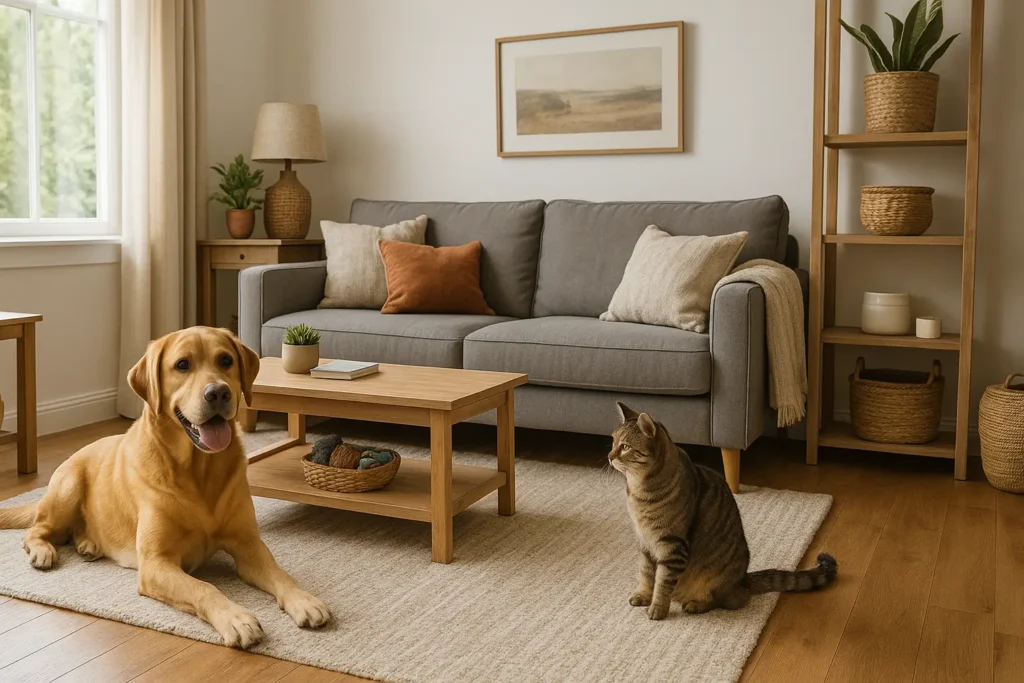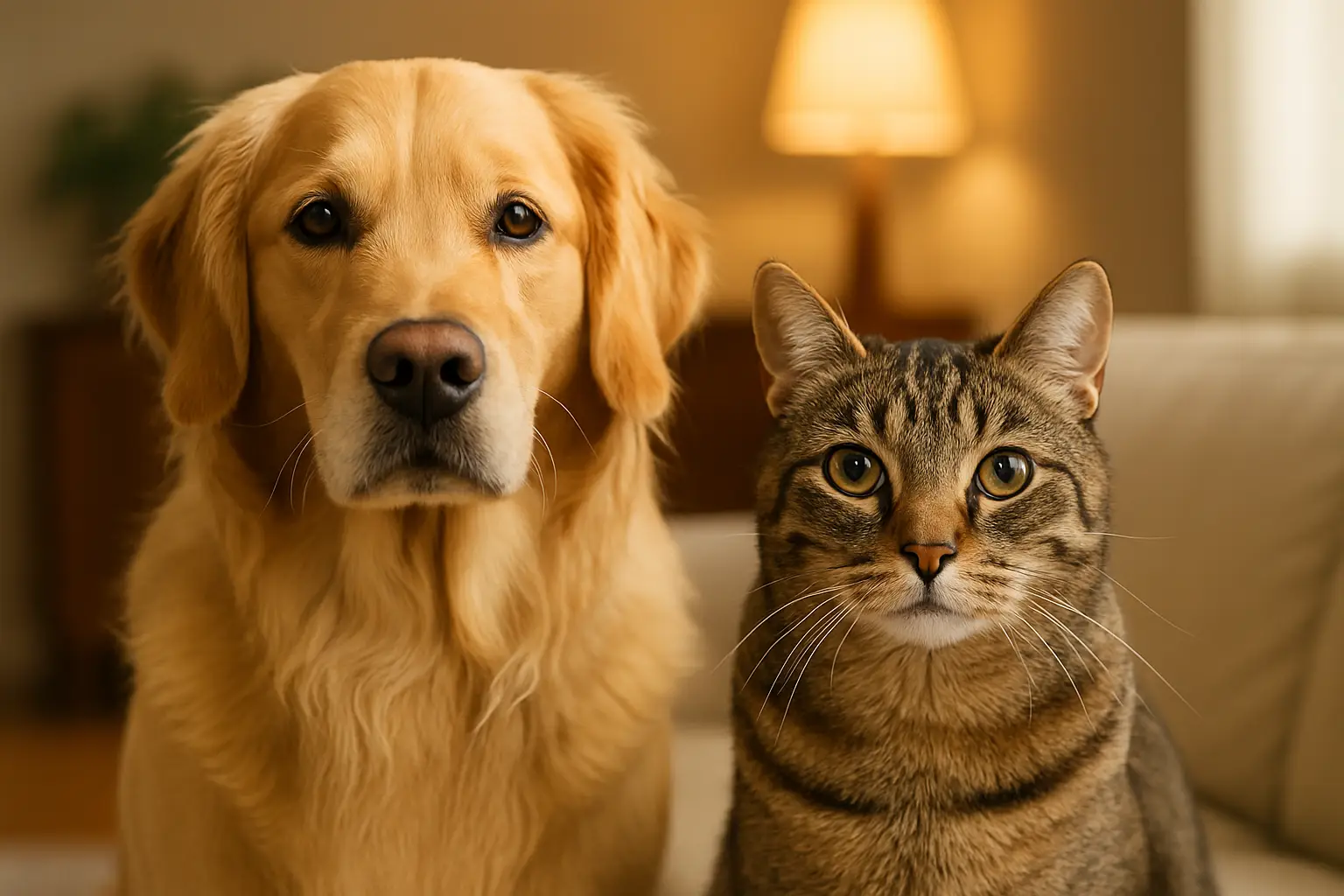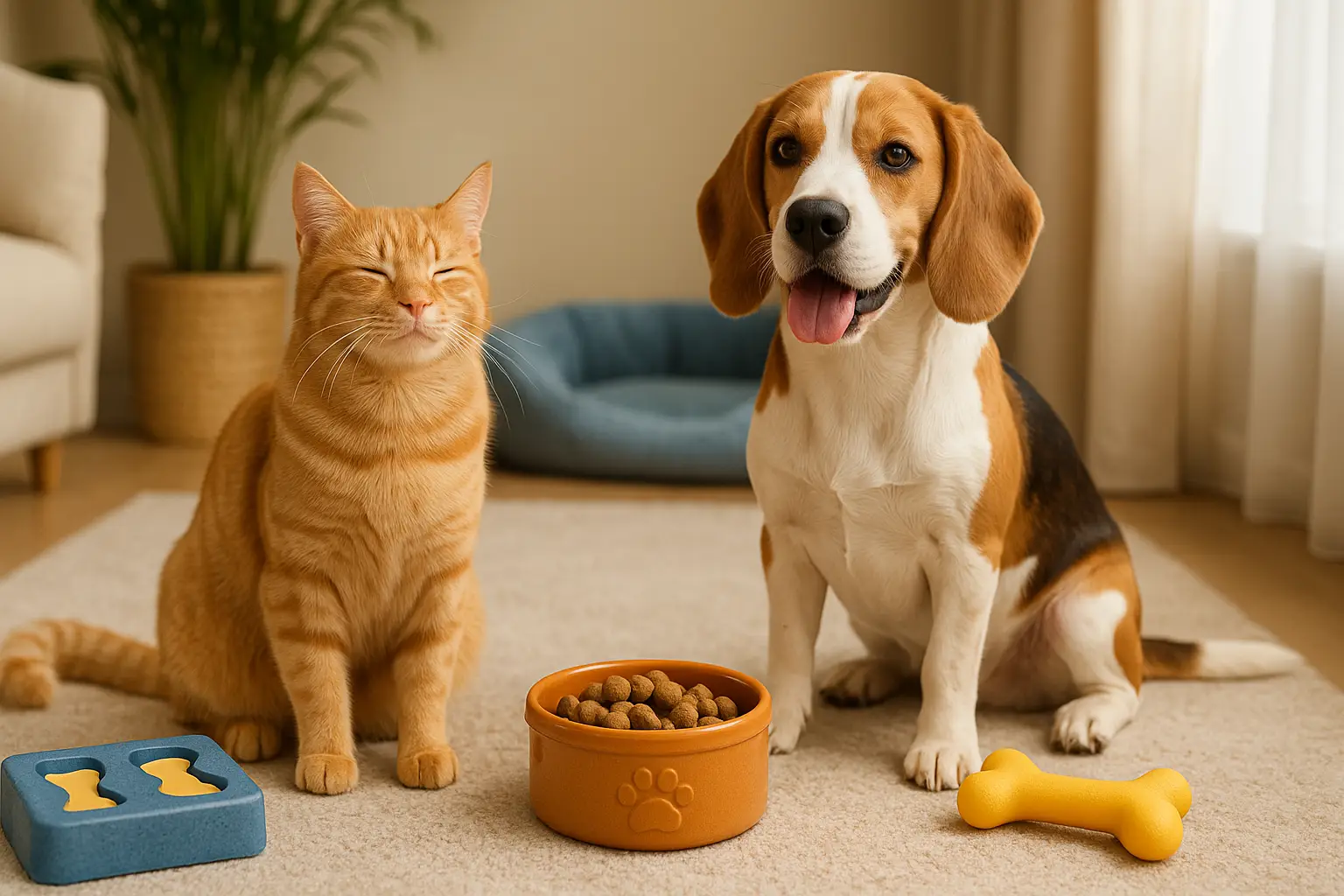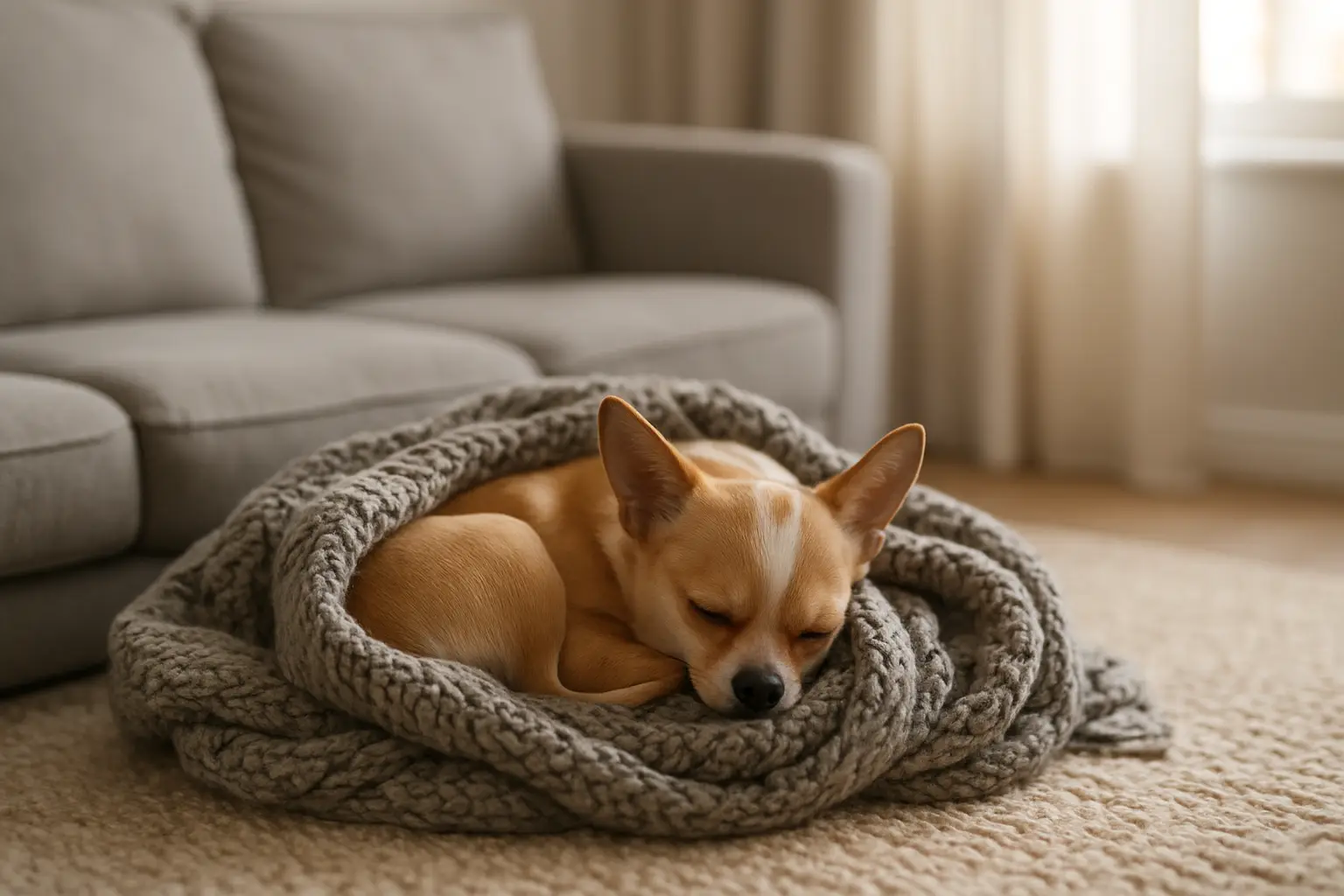How to Create a Pet-Friendly Home Without Sacrificing Style
For pet lovers, home is not just a place—it’s a shared sanctuary. But designing a space that’s both beautiful and pet-proof can feel like a challenge. Can your house be stylish and still stand up to muddy paws, shedding fur, and scratch-happy companions? Absolutely.
Creating a pet-friendly home doesn’t mean hiding the throw pillows or giving up your favorite rugs. With smart choices in materials, layout, furniture, and decor, you can maintain a home that is both elegant and totally practical for life with dogs and cats.
This guide will show you how to balance design and durability, comfort and cleanliness, style and species. Because your home should work for everyone who lives there—humans and animals alike.

Why Pet-Friendly Design Matters
A thoughtfully designed home doesn’t just protect your belongings—it enhances your pet’s safety, comfort, and well-being.
Benefits of a Pet-Friendly Home:
- Prevents destructive behavior from boredom or stress
- Minimizes cleaning and maintenance needs
- Promotes a calmer environment for your pet
- Reduces risk of injury or illness from unsafe materials
- Encourages positive habits (e.g., sleeping in their space, not on yours)
The goal is to create harmony, not restriction.
Step 1: Choose Pet-Resistant Materials
Start with surfaces and textiles that can handle daily life with pets.
Flooring:
- Best: Luxury vinyl plank, sealed hardwood, tile, laminate
- Avoid: Softwood, unsealed stone, wall-to-wall carpet
Tip: Choose medium tones with subtle texture to hide scratches and fur.
Upholstery:
- Best: Leather (real or faux), performance fabrics, tightly woven materials
- Avoid: Velvet, silk, chenille, tweed (these attract fur and claws)
Rugs:
- Look for indoor-outdoor rugs, washable runners, or low-pile options
- Use rug pads to prevent slipping or bunching
- Patterned rugs camouflage stains better than solids
Durable doesn’t have to mean boring—there are stylish, pet-proof options in every category.
Step 2: Create Defined Pet Zones
Giving your pet designated spaces reduces mess and stress.
Sleeping Area:
- A comfy bed in a low-traffic, quiet corner
- Elevated cots for airflow or orthopedic pads for seniors
- Place near your room for anxious pets, or in living areas for sociable animals
Eating Area:
- Use a mat or tray under bowls to contain splashes
- Avoid high-traffic zones where bowls can get kicked
- Use raised bowls for large dogs or older pets with joint issues
Litter or Potty Area:
- Place litter boxes in ventilated but private areas
- Use covered or high-sided boxes to reduce mess
- For dogs, place indoor potty pads on waterproof flooring away from living areas
Defined zones help pets understand routines—and make cleaning easier.
Step 3: Pick Pet-Smart Furniture and Layouts
You don’t have to sacrifice form for function. Make style choices that serve both.
Sofa & Chair Tips:
- Choose structured arms and tight back cushions (avoid fluff-heavy styles)
- Opt for washable or removable covers
- Use throw blankets for easy fur control—and style layering
- Avoid white unless it’s bleach-safe
Tables & Decor:
- Round edges are safer for zooming pets
- Avoid glass tables if your pet jumps up
- Anchor fragile items away from wagging tails
- Use decorative trays to group and protect accessories
Storage:
- Store pet gear (leashes, toys, wipes) in baskets, benches, or cabinets
- Use stylish containers that blend with your decor
- Keep cleaning supplies within easy reach—but locked away securely
Think of your home like a multitool: every feature should work hard and look great.
Step 4: Incorporate Pet-Friendly Style
You can express your personality and still be pet-conscious.
Textiles:
- Use machine-washable covers for pillows, throws, and duvets
- Choose patterns over solids to disguise shedding
- Add indoor/outdoor cushions for durability and softness
Wall Decor:
- Hang artwork higher if pets jump
- Use sturdy frames with secure hooks
- Avoid decor with long hanging cords (e.g., macramé, low-hanging mobiles)
Plants:
- Choose pet-safe species like spider plant, bamboo palm, or Boston fern
- Avoid lilies, philodendron, pothos, or aloe
- Keep pots stable and elevated if needed
Even pet-friendly style should reflect your taste—not just survival mode.
Step 5: Use Color and Texture Strategically
Certain colors and textures help camouflage pet mess and reduce visual stress.
Color Palette Tips:
- Match upholstery to your pet’s fur tone
- Use warm neutrals, earthy greens, and blues for calming effect
- Dark floors with mid-tone rugs balance shedding visibility
Texture Tips:
- Tightly woven fabrics resist claws and fur
- Textured walls (brick, shiplap) hide marks better than flat paint
- Matte finishes reduce visibility of nose prints and smudges
Design around life—not in spite of it.
Step 6: Include Vertical and Interactive Elements
Especially for cats, vertical space equals comfort and control.
Cat Design Tips:
- Use wall-mounted shelves or cat trees in neutral tones
- Blend scratching posts into furniture (some are made from wood and rope blends)
- Place perches near windows for bird-watching
Dog Enrichment Design:
- Use storage ottomans or baskets for rotating toys
- Add puzzle feeders or wall-mounted treat stations
- Designate a sniff corner with calming scents or textured mats
Style that moves and entertains your pet keeps behavior positive—and the decor intact.
Step 7: Simplify Cleaning with Smart Choices
Style should never increase your cleaning load. Choose easy-care everything.
Smart Pet Cleaning Tips:
- Keep a handheld vacuum near common fur zones
- Use squeegees to remove fur from fabric quickly
- Install washable covers on high-use cushions
- Use robot vacuums with pet-hair mode on hard floors
Laundry and Bedding:
- Wash pet bedding weekly with unscented detergent
- Keep a dedicated laundry bin for throws and washable toys
- Use dryer sheets to reduce static and fur clinging to fabrics
Stylish doesn’t have to mean high-maintenance.
Step 8: Build Beauty Into Routine
Your pet’s daily needs can become part of your design.
Example Ideas:
- Hang leashes on chic wall hooks by the door
- Display treats in labeled glass jars
- Store grooming tools in decorative baskets
- Use woven bins for toys (and rotate weekly for novelty)
When pet gear fits your aesthetic, it stays organized—and actually gets used.
Step 9: Make Safety Stylish
Safety features don’t have to clash with your decor.
Stylish Safety Options:
- Wooden or metal baby gates with clean lines
- Clear acrylic pet barriers
- Built-in feeding stations in cabinets or islands
- Under-stair nooks converted into pet dens
- Wipeable wallpaper in high-contact areas
Design for real life—then make it look intentional.
Step 10: Blend Lifestyle and Love
At the heart of pet-friendly design is love. It’s not about perfection—it’s about harmony.
Design a home that:
- Makes your pet feel safe
- Welcomes movement, curiosity, and calm
- Honors your time, energy, and personal style
- Reinforces the bond you share daily
A beautiful home doesn’t ignore your pet—it celebrates them.
Final Thoughts: Good Design Includes Every Family Member
Your home reflects who you are—and who you love. When your furniture is scratch-proof but still elegant, when your rugs hide fur but still feel soft, when your spaces invite both cuddles and quiet—you’ve achieved something powerful.
You’ve designed a life, not just a look.
And in that life, every creature—furry, four-legged, or human—belongs.




Post Comment